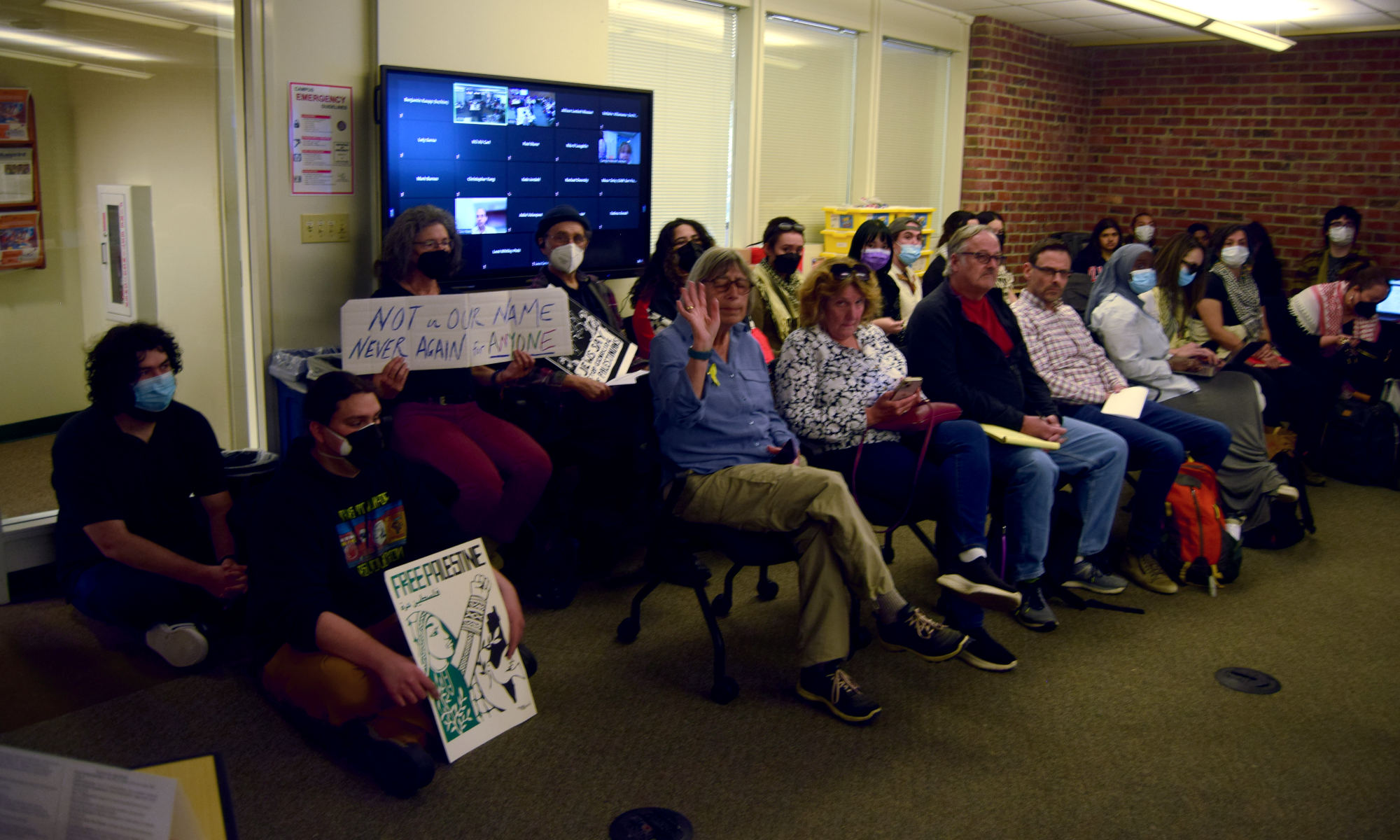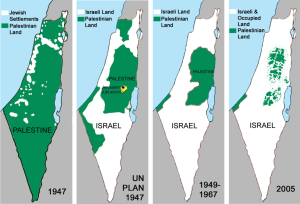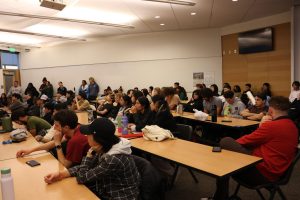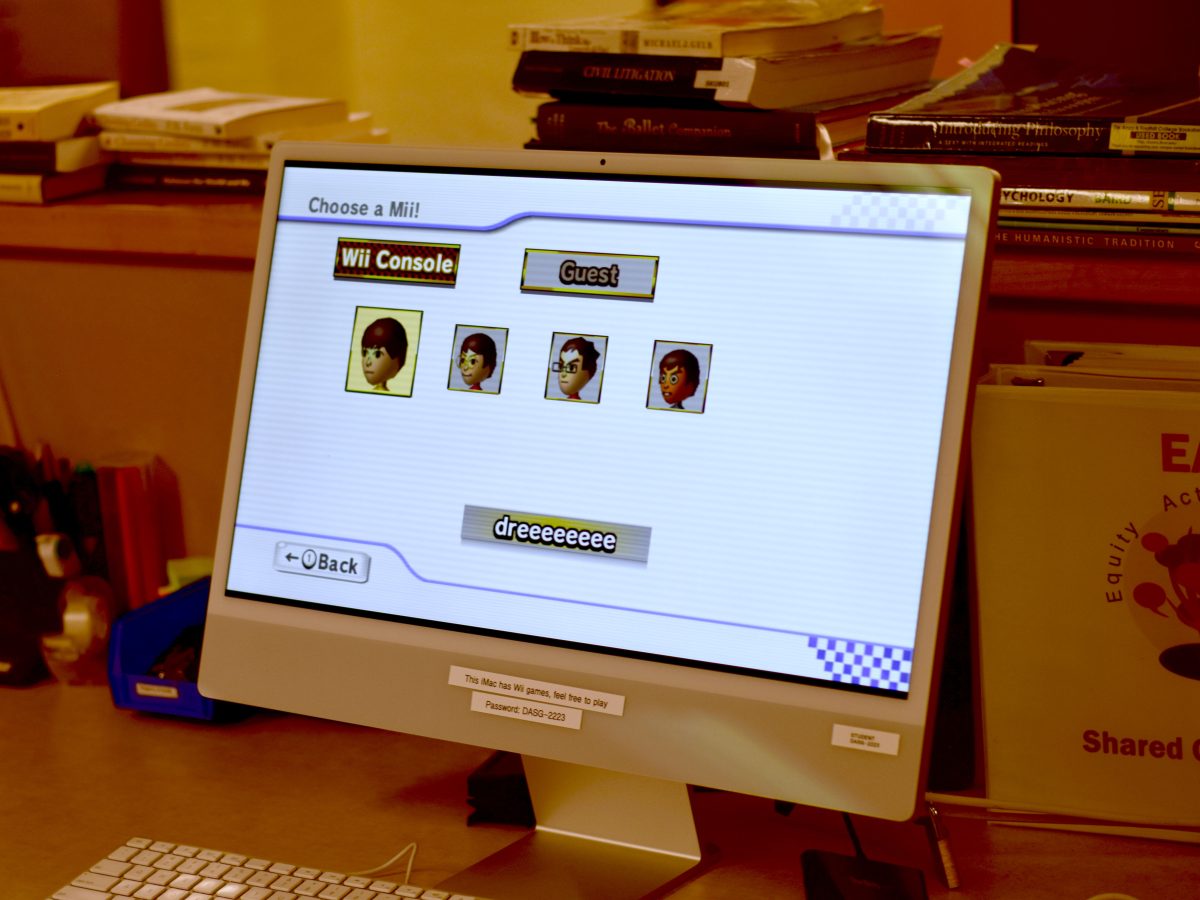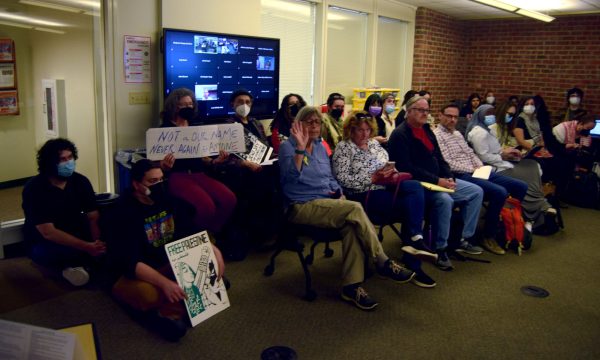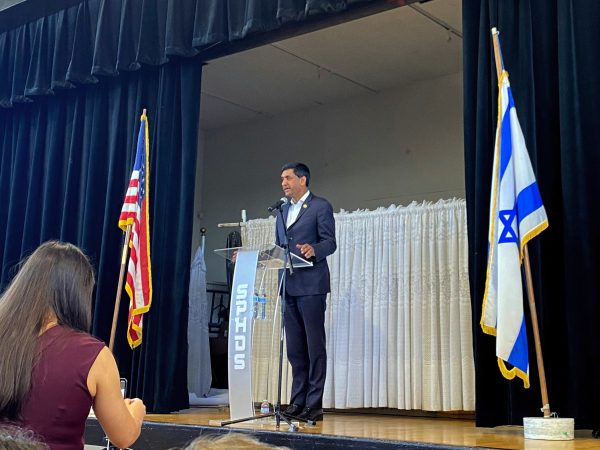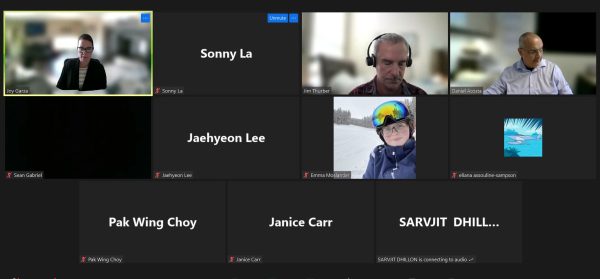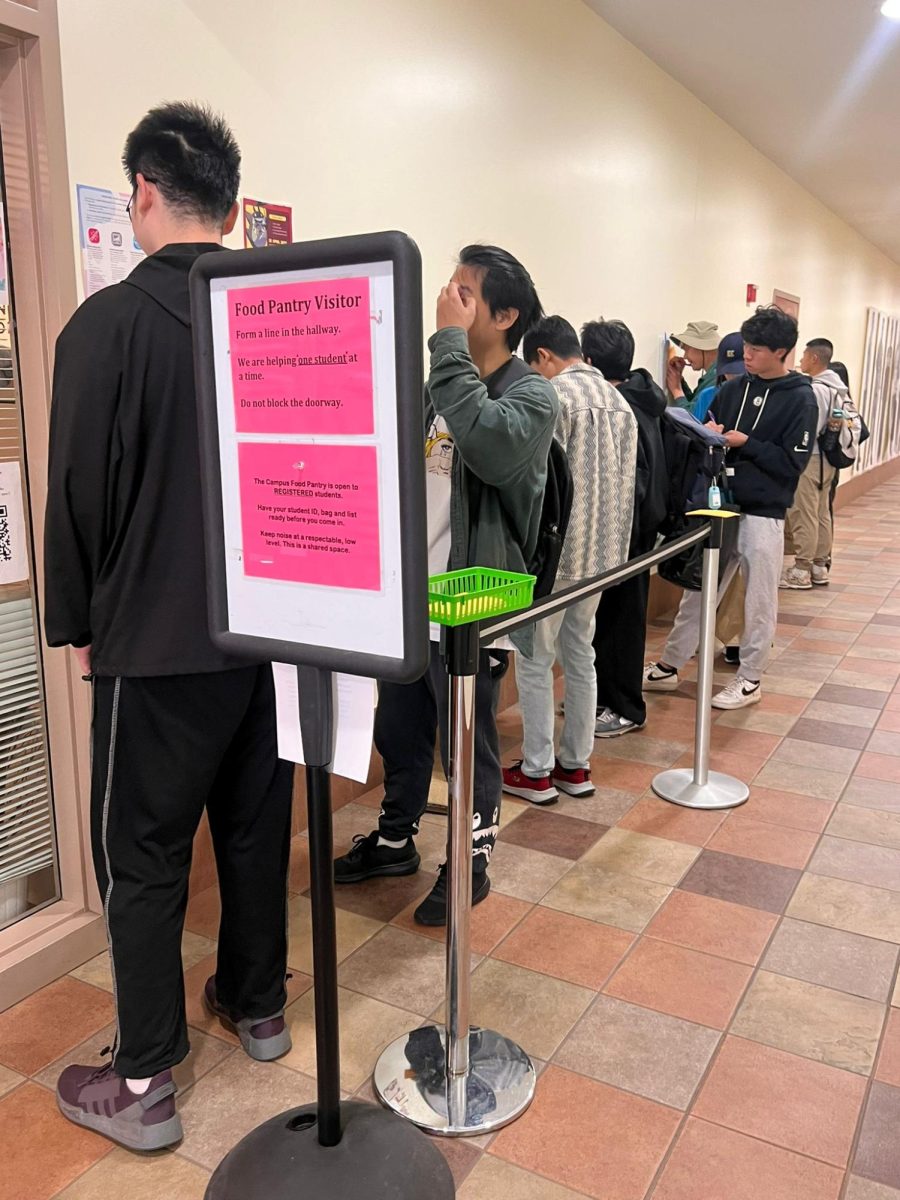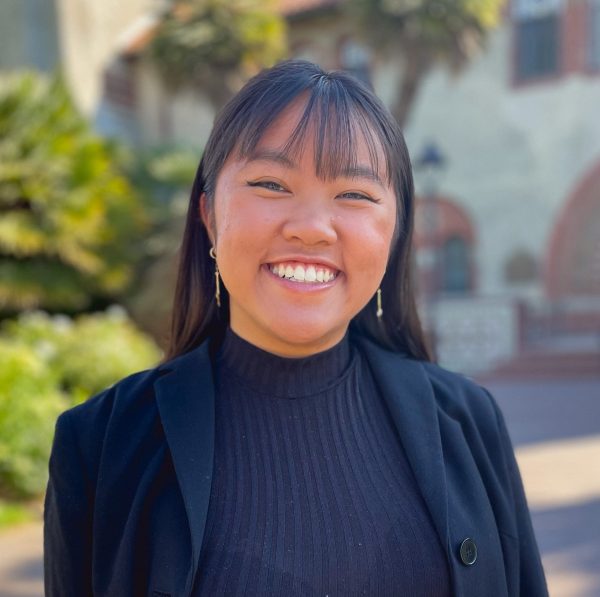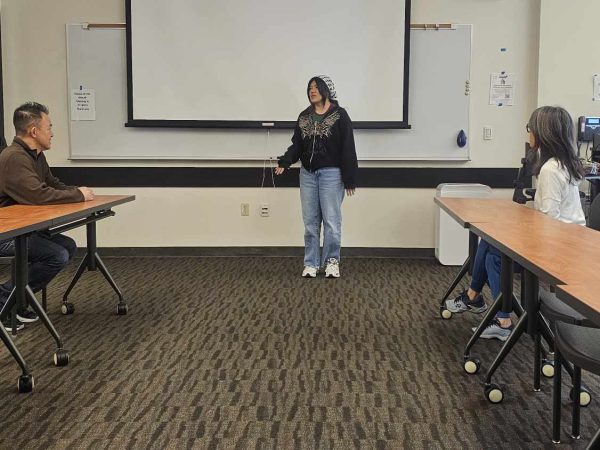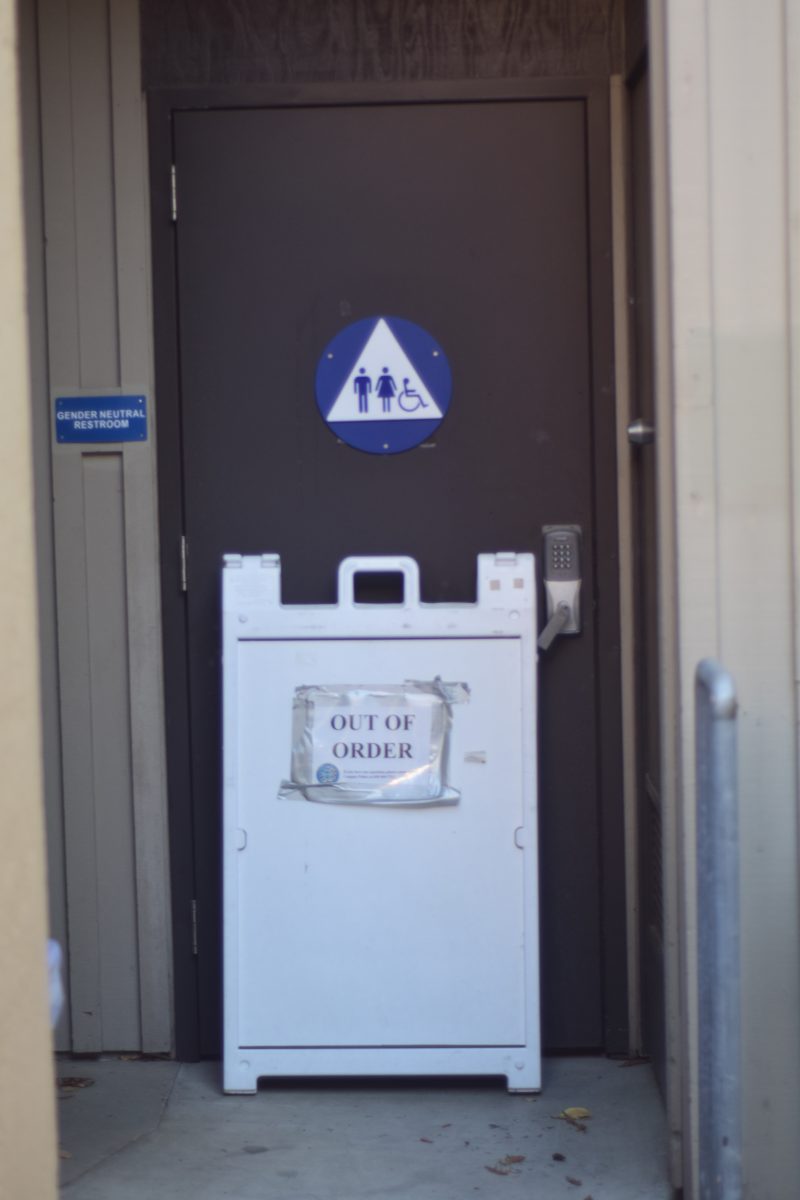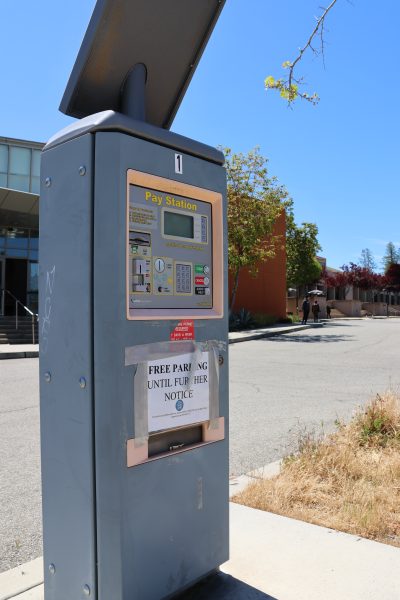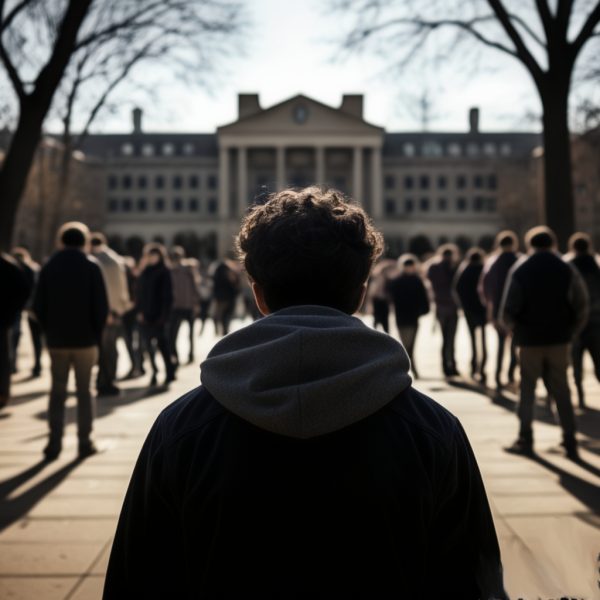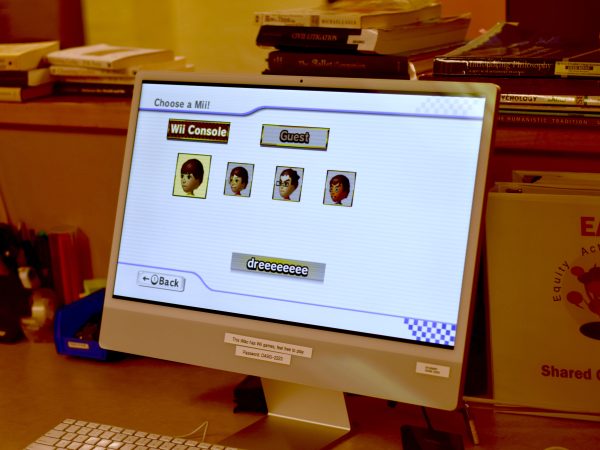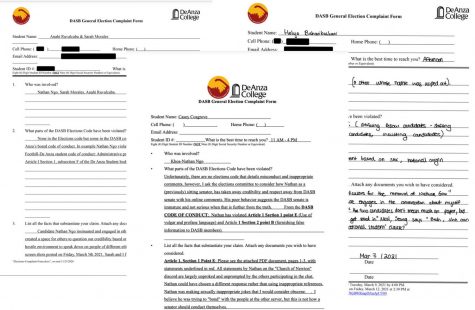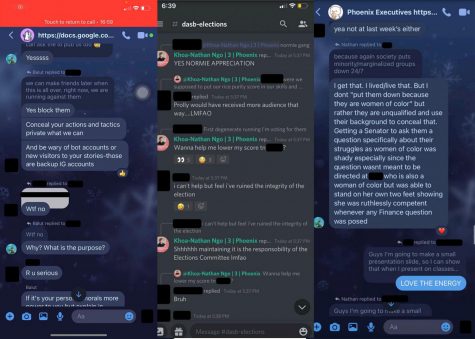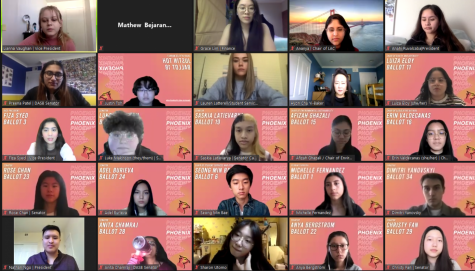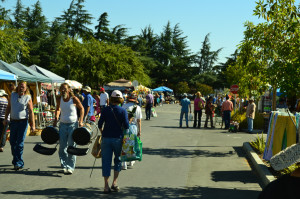DASB senate: new student emails, new endorsements
DASB discuss student emails, endorsements for reaffirmation of college values, democracy wall, Measure 3
May 20, 2018
Student .edu email addresses are being implemented for Foothill and De Anza College students, the College Life Office Coordinator said on Wednesday, May 16 at the DASB senate meeting.
The student emails are expected to be available on Friday, August 31, Dennis Shannakian said.
Foothill and De Anza are also working on a new portal and mobile app.
Incoming student trustee on the Foothill-De Anza Board of Trustees Hayman Wong, 20, history and political science major, proposed the creation of the democracy wall.
The democracy wall would be a platform where students could post upcoming political events, discuss issues on campus and see a calendar of the college’s governance board meetings, Wong said.
Senators liked the idea, but some questioned the practicality of it.
“It’s not going to be effective,” Chair of Administration Royce Gunawan, 18, business major said. “It’s just going to be vandalized.”
Gunawan said he would support it if Wong came back with a stronger proposal.
The senate endorsed the democracy wall 8-4 with six abstentions.
As the campus is going through a budget crisis, the senate endorsed a letter from the Equity Action Council to reaffirm the values of the college.
“This time of crisis is the time to conscientiously apply an equity lens as a core principle in our decision-making process,” wrote the letter. “It is important to view these decisions … through the lens of accountability: to our students, to our communities, and to our commitments to equity and our values.”
The Equity Action Council is looking for endorsements from all shared governance bodies, DASB Senate adviser Hyon Chu Yi-Baker said.
And the senate unanimously voted to endorse it 20-0.
The senate also voted to endorse Patrick Ahrens as a candidate for the Foothill-De Anza Board of Trustees 19-0, and Regional Measure 3, a $4.45 billion plan to relieve the Bay Area’s growing traffic problem 19-1.



